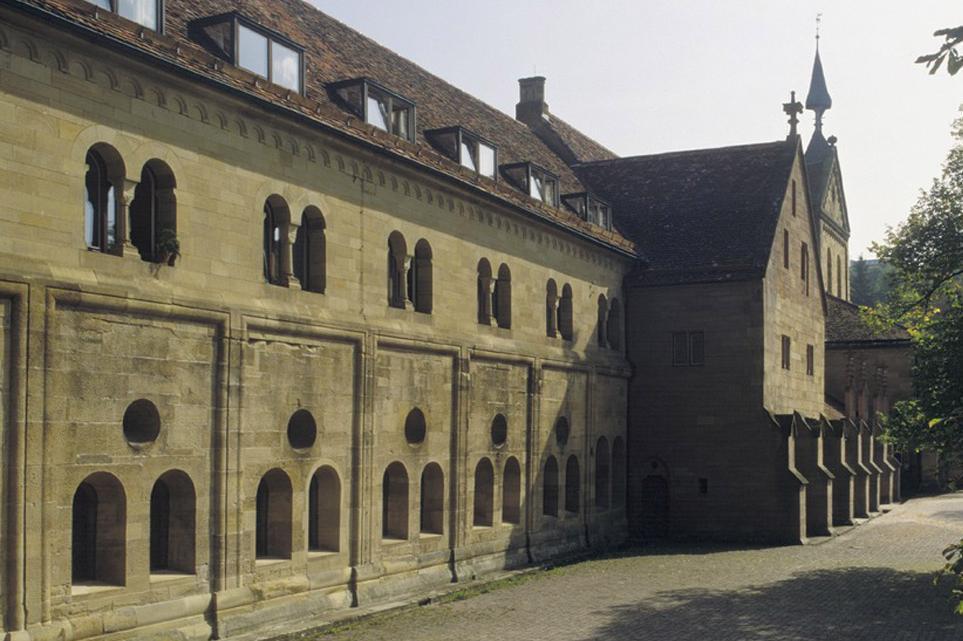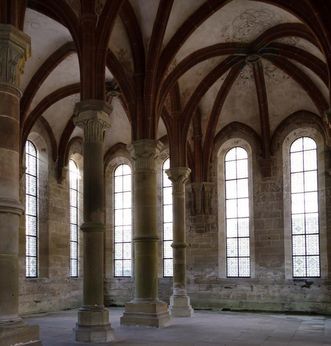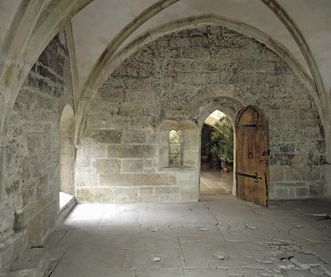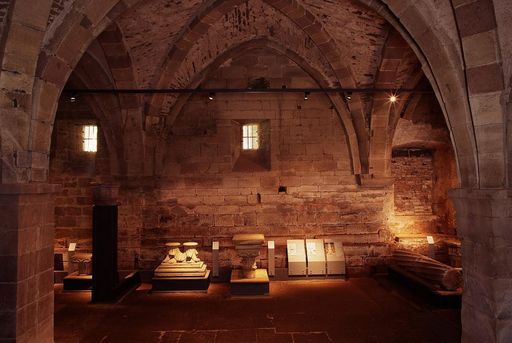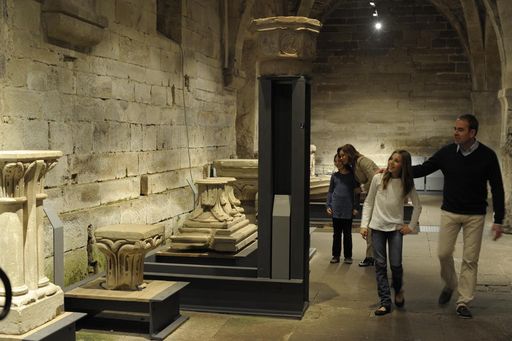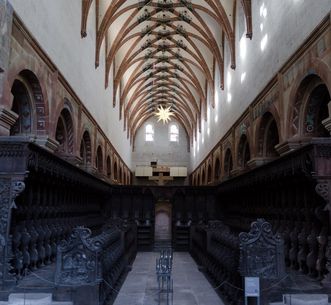STRUCTURAL MIRACLES OF THE MIDDLE AGES
The Maulbronn hermitage buildings include several rarities of medieval monastery architecture. The narthex, monks' refectory (or dining hall) and the south wing of the cloister were the first examples of early Gothic architecture in Germany. The hermitage buildings, built in around 1200, have been renovated several times. Their history is only partially known, and thus they are of great interest to architectural historians.



